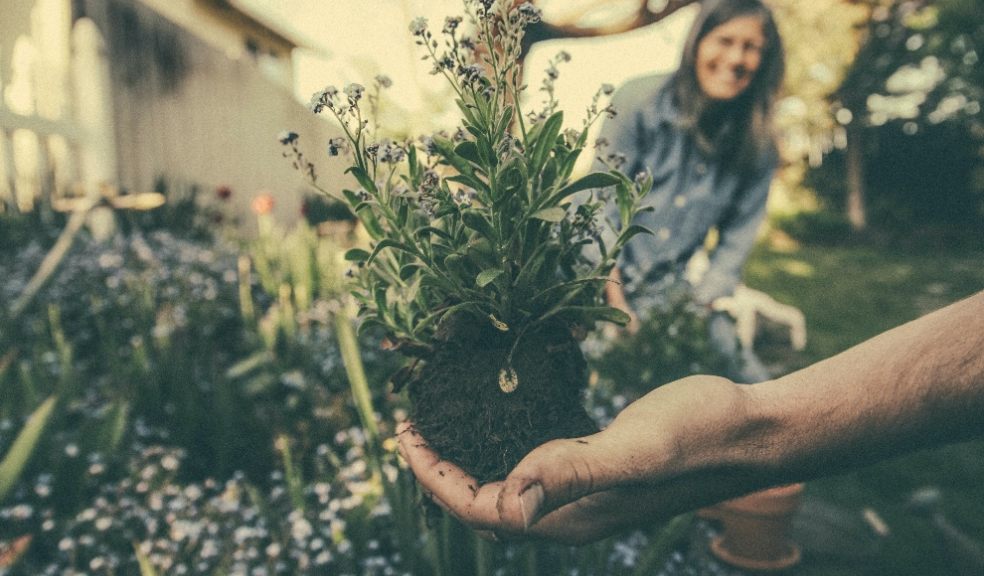
10 essential gardening jobs for November
As the temperatures drop and the first frosts appear, green-thumbed Brits have been urged to prepare their gardens for winter with these top 10 gardening jobs for November.
Experts at Gardening Express have identified the most important gardening tasks to be carried out now to keep the plot in good shape over the winter.
Before putting the garden to bed for winter, there’s still plenty to do to avoid harsh weather conditions taking a toll on your precious plants and lawn.
Preparing the garden for the cold months is crucial because it will ensure that the plants will come out of hibernation beautifully in spring when it’s time to enjoy the outdoor spaces again.
The main pre-winter maintenance jobs include protecting the vulnerable plants, clearing leaves and improving the soil.
Chris Bonnett, the founder of Gardening Express said: “With winter just around the corner, now is the last chance to prepare your garden for the upcoming seasonal changes.
“Although you may be tempted to retreat indoors and let the garden run its course during the colder months, now is not the time to neglect your plot.
“Ticking off these essential jobs from your November gardening to-do list offers the perfect opportunity to spend time outside and get some fresh air.”
10 gardening jobs for November:
1 Clear and compost fallen leaves
Put the pesky dead leaves to good use by collecting them from the lawn and turning them into leafmould which makes an excellent compost. If you want to speed up the composting process then make sure to shred the leaves before adding them to bin bags or a compost pile.
2 Mulch soil
The shredded leaves can be used to mulch soil by adding them to flower beds and spreading them around trees and shrubs about 2 to 3 inches thick. Mulching will help control winter weeds, shield roots from the cold, and keep soil from being washed away by harsh weather conditions.
3 Aerate the lawn
Aerating will enhance the soil by improving air circulation and allowing nutrients and water to access grass roots. This can be done by using a lawn aerator or a garden fork to puncture the lawn with small holes.
4 Protect tender plants
Protect tender plants from winter damage by relocating them inside or into a greenhouse. If that’s not possible then try placing them against walls, fences or other plants. Alternatively, you can use a horticultural fleece or newspapers to temporarily cover plants when frosts are expected.
5 Plant bare root shrubs and trees
As long as the soil is still moist and retains some warmth, November is the ideal time to plant bare root trees and shrubs. Bare root plants include rose bushes, fruit trees and native trees such as hazel, beech and ash.
6 Plant spring flowering bulbs
Spring bulbs, such as daffodils, crocus and hyacinth, should be planted in early November for a gorgeous spring display. Tulips however benefit from a late November planting, as the cold temperatures help to keep away diseases.
7 Put out bird food
Support the wildlife during cold winter months by setting up a bird feeder in the garden and keep it topped up with bird seed mixtures, nuts, fat balls or pet food.
8 Prune trees and shrubs
The best time to remove damaged and diseased growth is after dead leaves have fallen and the trees and shrubs have become dormant. Pruning will give your plants protection over the winter and help them recover in the spring.
9 Gather water
November is one of the wettest months of the year, so take advantage of the extra rainwater by collecting it in a water butt for later use. Natural rainwater is also better for your plants than chemical-laden tap water.
10 Clean the patio
Maintain the patio to prevent stains, dirt and damage accumulating over winter. Remove plant pots, store away garden furniture, clear the paving from leaves, twigs and debris and give it a good sweep.













